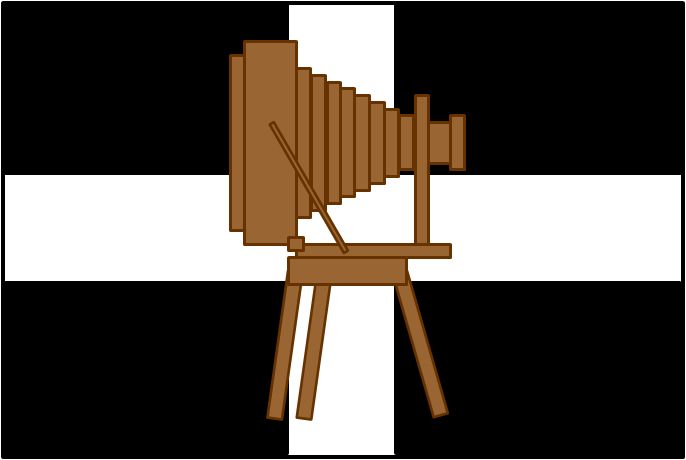Photographs taken 2004 to 2008
Lerryn is a very beautiful little creek-side village and haven. Lerryn also has a fine history, and is linked with Elizabeth I when she ordered a bridge to be built here to have silver transported from a smelting works that was set up on the south bank of the river. This was near or in "Fan Field" where Fan Cottages now stand, and was set up by Bernard Cranach, a German silver smelter and adventurer - he is even reputed to have "cured" Elizabeth I of small pox, which earnt him £300, which was on top of the £500 he borrowed from Mary Tudor. Two thousand ounces were smelted here between 1556 and 1583.
The bridge that was built in 1573 still remains today, and replaced an earlier one (or several earlier ones) that have bridged the river since the 13th century. Smuggling has also been a popular pastime in Lerryn, as well as smelting silver, to the extent that one of the village lanes is called Brandy Lane, and several local stories have spun tales of caves and tunnels around Ethy House up on the hill.
Older still, Lerryn is linked to the lands owned and protected by old Kings of Cornwall, perhaps resident at Castle Dore above Golant in times past. There is an ancient "hedge" and earthworks that links Lerryn to Kilminorth Woods near Looe, that the old rhyme credits the Devil as being responsible for:
"One day when the devil had nothing
better to do,
He built a hedge from Lerryn to Looe."
Lerryn has also had its more earthly literary connections, and the wooded creek and river leading up to Lerryn from the River Fowey were a great inspiration to Kenneth Grahame in his writings, and contributed significantly to his tales of the Wild Wood in the Wind in the Willows.














Connect with us, Like us and Follow us on Facebook!
PhotoFile Cornwall supports CoaST and Sustainable Tourism